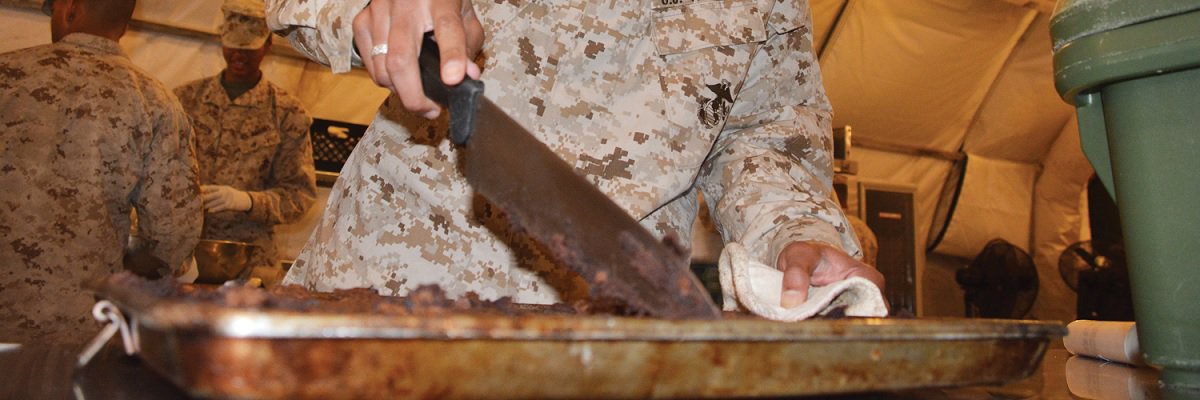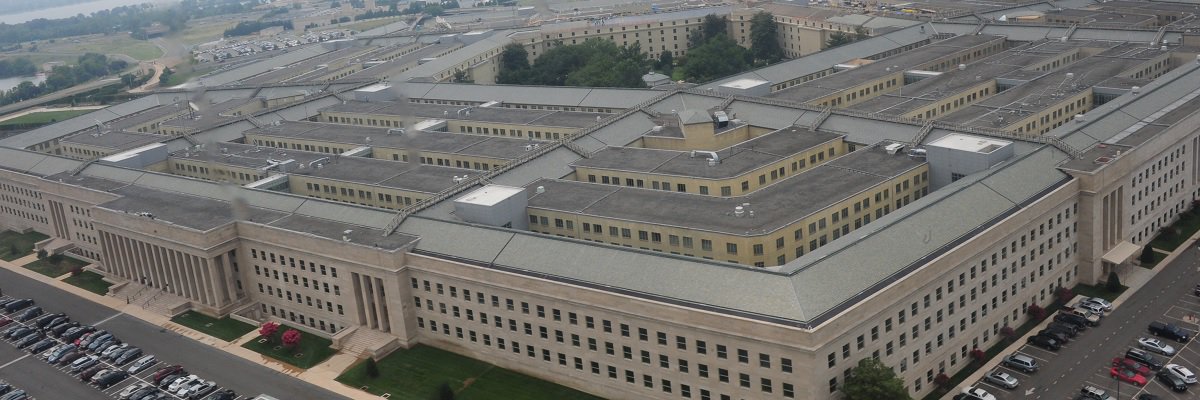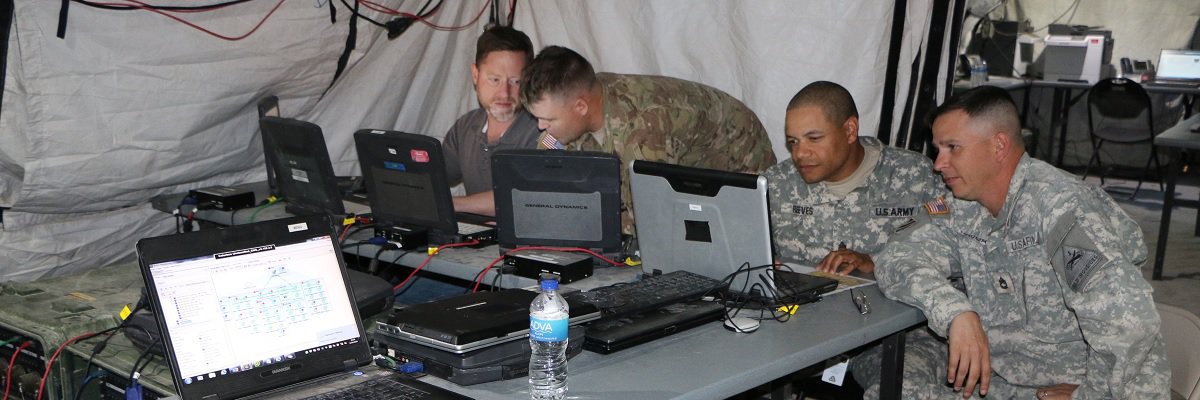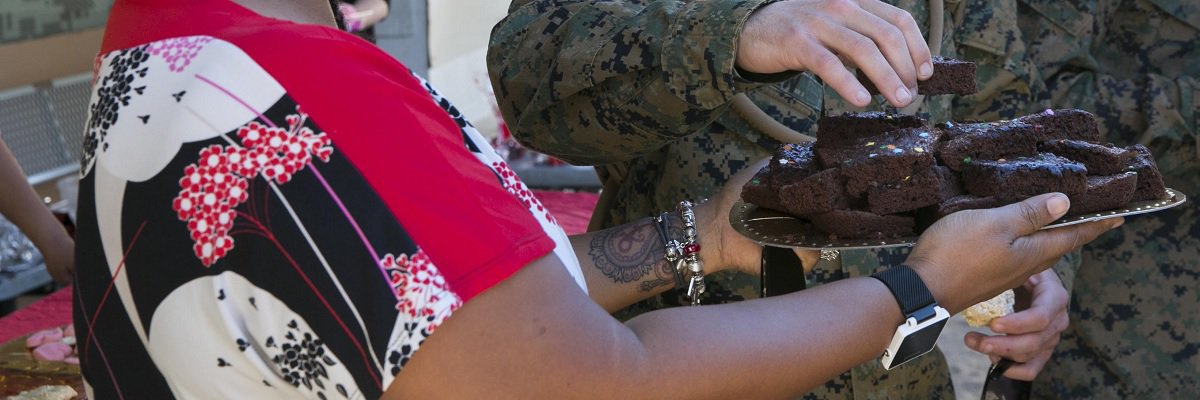If there’s one thing we love here at MuckRock, it’s a good bad PowerPoint. So imagine our excitement when the Army Audit Agency hands over this beautiful thing.
Smelling a challenge, we sent three of the densest slides to MuckRock’s Official Jargon Translator, Tim Cooper, to see if he could help us decipher this acronym soup. To our delight, he more than delivered. The slides, with Tim’s notes, are embedded below.
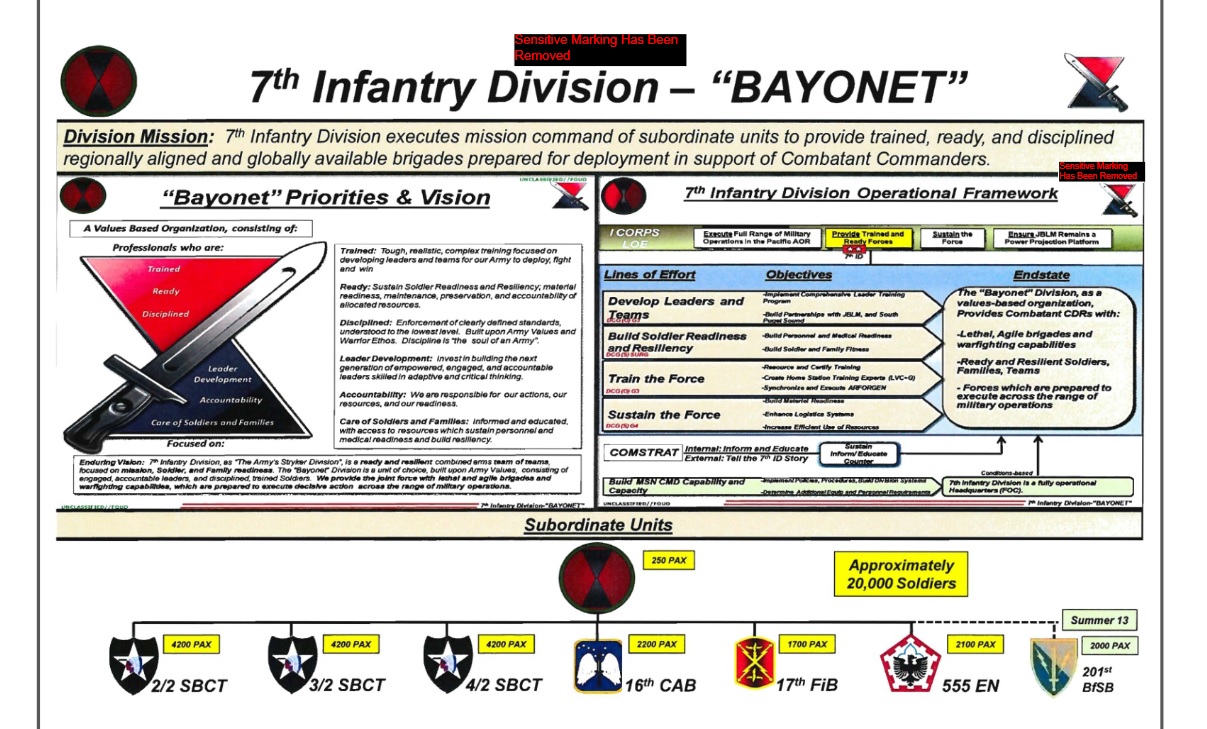
(top bar) “Our job is to tell the units that we’re made of (the TOE on the bottom) what to do.”
(left hand frame) “We want to be really good at fighting and prepared to do it.”
(right hand frame) “That preparation requires us to train better leaders, actually take care of our soldiers and their families, train soldiers, and give them what they need to fight. This will make us really good at fighting, ready to fight, and able to keep fighting for long periods.”
Things that grab me: “Build partnerships with JBLM and South Puget Sound”: JBLM is probably Joint Base Lewis-McChord, which is an airbase shared between the Army and Air Force. Think of it like Pearl Harbor, but for the Army; it’s where units intended to head west can be marshaled before deployment.
JLBM is in the South Pugent Sound area, so they want to better their relationship with the local civilian population.
“Pax” is “personnel.”

This slide is a Table of Distribution of Assets (basically a staffing chart) of the division’s staff. Long story short, they’re saying that they’re extremely understaffed without getting temporary staffing or help from I Corps above them.
G1-G9 are staff officer “functional responsibilities.” G1 is personnel, G2 intelligence, G3 operations/training, G4 logistics, G5 civil/military operations (i.e. working with civilians, note that this is not present), G6 is command/control/communications/computers (C^4), G7 is info operations (i.e. “psychological warfare and operational security”), G8 is finance, G9 is engagement (i.e. “public relations”).
IG is inspector general, KMO knowledge management officer (i.e. “the guys responsible for sharing tribal knowledge between tribes”), ORSA is operations research systems analysis (i.e. “improving the bullets fired/targets killed ratio”), PAO are public affairs officers, PMO is Provost Marshal’s Office (i.e. military police), SJA is staff judge advocate (i.e. lawyers and legal).
SARC is Sexual Assault Response Coordinators; FRSA is Family Readiness Support Assistant (i.e. helping soldiers’ families through financial/emotional problems); EO is Equal Opportunity.
STB is Special Troops Battalion (not nearly as cool as it sounds; it’s basically HQ staff in addition to the G roles), HSC is Health Services Command.
The top right box says “we’re so understaffed that 1) we can’t actually do combat or exercise operations without harming our daily work, 2) we can’t actually work our own budget, 3) we aren’t very good at working jointly with other services or inspecting ourselves (“CIP/OIP”), 4) we have no dedicated resources to handle sexual assault like we’re supposed to, and 5) the G1 branch is overworked.
The bottom right box says that if they get 77 more officers, they can 1) live up to the “Ready and Resilient Campaign” (R2C) that’s come from HQ, 2) have intelligence subject matter experts, 3) help a little bit with training brigades so we know they can handle “higher control” (HICON) in joint operations with the Air Force, 4) can train and oversee people on how to protect military assets (“WFF” is “Warfighting Function”), 5) actually do our budget, 6) be able to inspect ourselves, 7) generally be better at what we’re supposed to be doing.

FOC is Full Operational Capability.
A unit at FOC can do everything that’s tactically and strategically expected of it: deploy, fight, etc.
The top bullet points say that a 7th Division (staff) at FOC should not only be able to command brigades but also manage the paperwork behind them. With the additional personnel, they’ll be able to do everything they’re told to do at the same time.
The box in the middle right says that the additional officers should give the division the ability to use a Joint Network Node (i.e. satellite communications) without outside help, along with all the training stuff on the previous slide.
The timeline at the bottom is saying that during the staff-up in late August 2013 to early September 2013 they’ll go from being “not quite capable of training and exercises” to “capable” of both.
Thanks again to Tim for assist, and if you know of another doc on MuckRock that could use deciphering, let us know at info@muckrock.com
Image via Defense.gov

